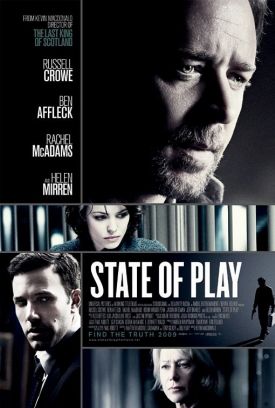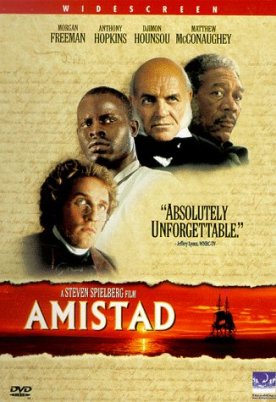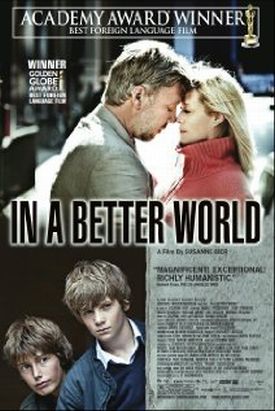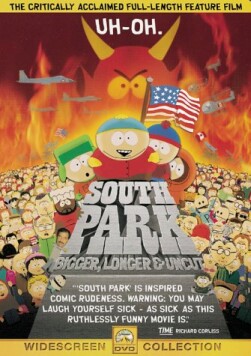State of Play
There were two things that I particularly disliked about Kevin Macdonald’s State of Play. What? I seem to hear you ask, only two? I’ll get round to them in a minute. This is a big-screen adaptation of a British TV series transplanted from London to Washington, so presumably, its big themes of political corruption and the plight of the newspaper business are the same the world over, or at least the media world over, and therefore quite unaffected by the change of nationality. Actually, this makes three things I disliked, but against the main one, which is the movie’s very movieish glorification of journalists and journalism, I’m afraid it is futile to protest. The presence of a journalist in a movie nowadays is like that of a priest 50 or 60 years ago. That is to say, he is automatically a lodestar of moral certainty in world of corruption and ambiguity. Come to think of it, a priest (or devout religious believer) is still an infallible indicator of moral certainty, only now he indicates the presence of evil rather than of good.
State of Play
itself makes the point by having one of its numerous bad guys — basically, everybody in it who isn’t a journalist is a bad guy — rebuke the central journalistic hero, Cal McAffrey (Russell Crowe), for taking the Lord’s name in vain. Astute observers will instantly spot that he is a double-dyed villain. Not that you need the allusion to religious belief to tip you off. The man also wears a flag pin in his button-hole, after all. Enough said. There are a lot of military men too — now all retired and working for a private security firm called Point Corp, or possibly Point Corps. They’re all bad guys as well, of course, though one of them is a troubled bad guy, probably suffering from PTSD and certainly from feelings of betrayal by his superiors. Instead of killing the hero, he suddenly decides to kill himself, as troubled ex-soldiers so often do. There are also a number of politicians. One of them, played by Ben Affleck seems to be sort of OK, since he is a friend of Cal’s and appears to hate the private security firm. I won’t reveal whether or not he continues to be OK.
But back to the things I didn’t like that don’t grow directly out of the movie culture itself. Except that, now I think about it, they sort of do. For the film follows what has become the usual procedure of today’s thriller by omitting lots of information that would be required for you to work out for yourself the details of the fiendish plot being uncovered by the hero-journalists. Don’t try this at home, folks! Nothing to see here. No user-serviceable parts. You’ll just have to take the film-makers’ word for it that the plot that makes little enough sense to start with and none at all once it has been given the inevitable “twist” (which I must, of course, forbear to reveal here), really does make sense. At least, it must make sense in that self-contained media-movie world that will just have to make do as a stand-in for the real one about which this movie is so characteristically cavalier.
Sour grapes, perhaps. Or stupidity. For I admit that someone smarter than I am might be able to make sense of the plot, even though the only thing I can see in it is the media’s bedrock certainty that pretty much everybody in the world is corrupt apart from the paladins of the media, together with a select group — pimps, whores, thieves, junkies, street people, waitresses, bartenders and clueless cops — who act as their principal sources. And that brings up the other thing I didn’t like. For the movie is also an illustration of why thrillers in general don’t thrill anymore. This is because of the handicap they labor under on account of Hollywood stereotyping. The movies have done too good a job of teaching us who the enemy is, just as they did back in the days of cowboys and Indians. Then, there were many pleasures to be had from watching movies about confrontations of one sort or another between white men and red men, but suspense as to which were the good guys and which were the bad was not among them.
Once we discovered, in the 1960s, that the Indians were “really” the good guys and the cowboys (or, a fortiori, the US Cavalry) the bad, neither the Western nor the movie industry ever recovered from the shock. Ever since then, at any rate, the industry has been trying to get back to those halcyon days of moral certainty. Now, the monolithic political culture of Hollywood has locked film-makers into an equally inescapable presumption that the bad guys are (a) never going to be anyone of a different race or religion from the white and Christian variety, and they are (b) always going to be racists, secretive corporations, smooth-talking politicians or military straight-arrows, preferably any or all of the above who are also Christian believers. Apply this knowledge to State of Play and you don’t even have to bother watching it — or the final “twist” which only twists the movie into incoherence.
In fact, I wonder if the incoherence isn’t meant to act as a kind of apology for the predictability of the moral set-up. If you can’t understand the chain of causation that they used to call the “plot,” at least that’s some sort of originality. Not seeing the next event coming because it makes no sense might even make you forget that you could see it coming anyway, since the racist or private security guy or religious believer or whatever was always bound to be up to no good. To me it makes no difference. The unpredictability is as bereft of charm as the predictability, since both are the hallmarks of fakery and artificiality and a political parti pris. I can’t imagine why anyone would want to see such a movie. But there must be lots of people who go because they like having their prejudices about religious believers or private security guys or conservatives or politicians — or journalists, for that matter — confirmed.
At least that’s one theory of why there has not been more of a drop off than there has been in the audience for movies, like that for the newspapers about whose fate they are so solicitous, both in State of Play — where the parlous state of Cal’s paper, the “Washington Globe,” is a constant, and constantly irritating topic of discussion — and in The Soloist. Movie attendance, however, fell off a cliff back in the 1960s, which was about the same time as that revolution in moral sensibility, the one about the cowboys (or cavalry) and Indians that I mentioned earlier. Ever since then, as the media business has managed to stay alive by hyping to within an inch of its life one scandal or putative calamity (Iraq! Torture! Global Warming!) after another, the movie business has kept going by making special-effects-laden superhero movies that twelve year-olds, eager to get out of the house and too young for bars, will want to go to again and again. But, underneath, the problem with the pictures is the same as the problem with the papers: their ersatz excitements no longer excite. I’m inclined to see them both as dead men walking. But what do I know?
Discover more from James Bowman
Subscribe to get the latest posts to your email.







